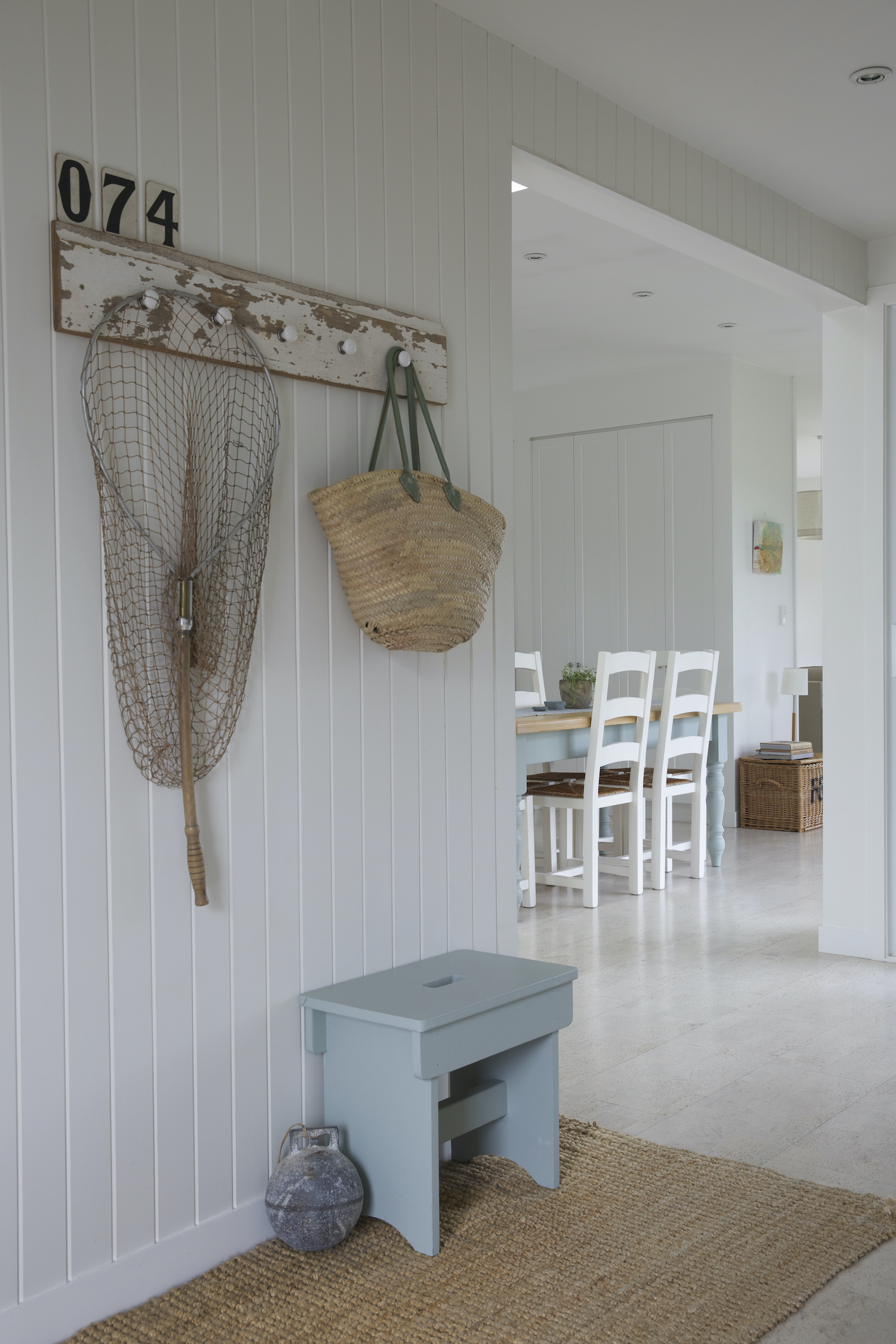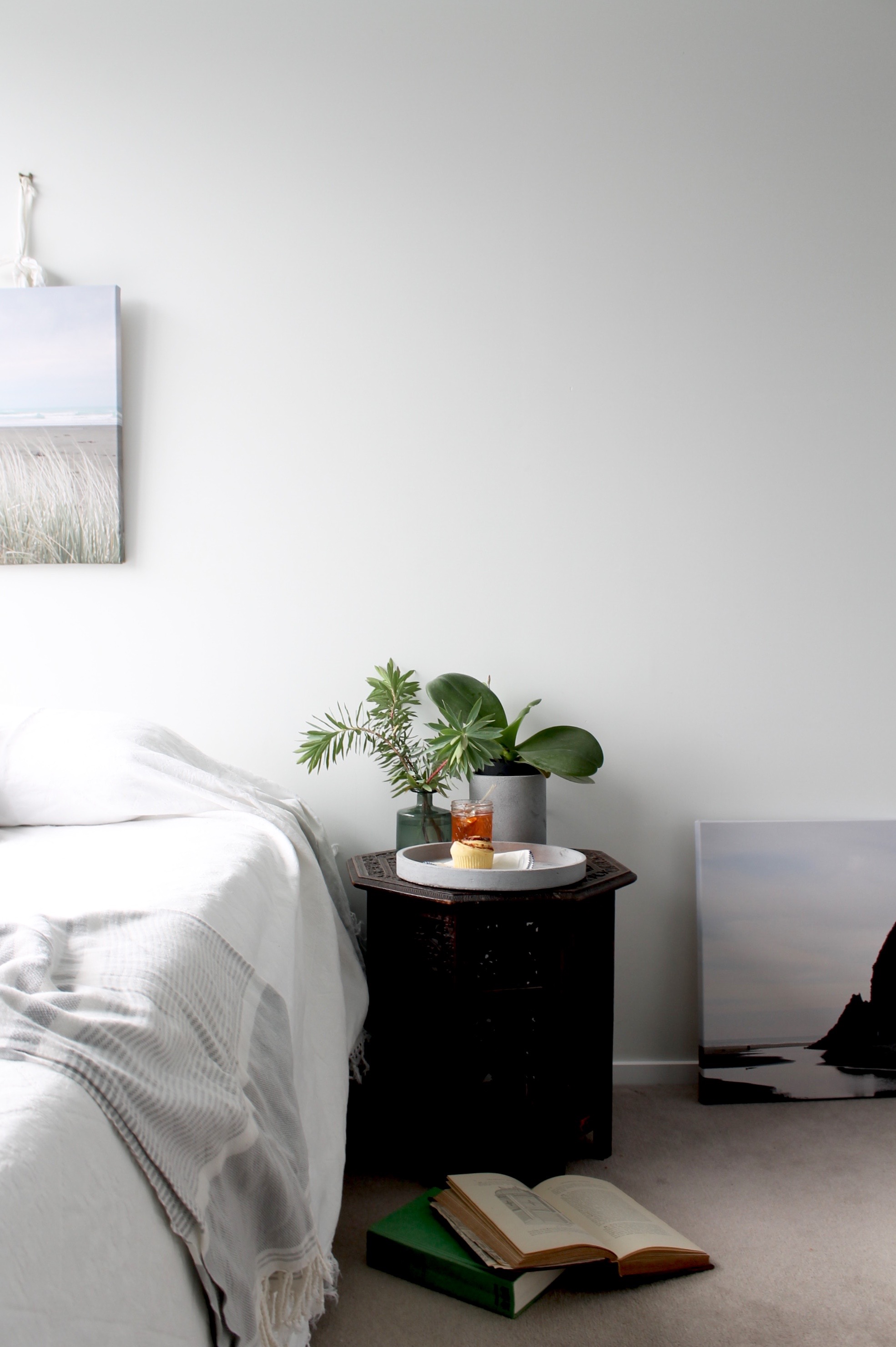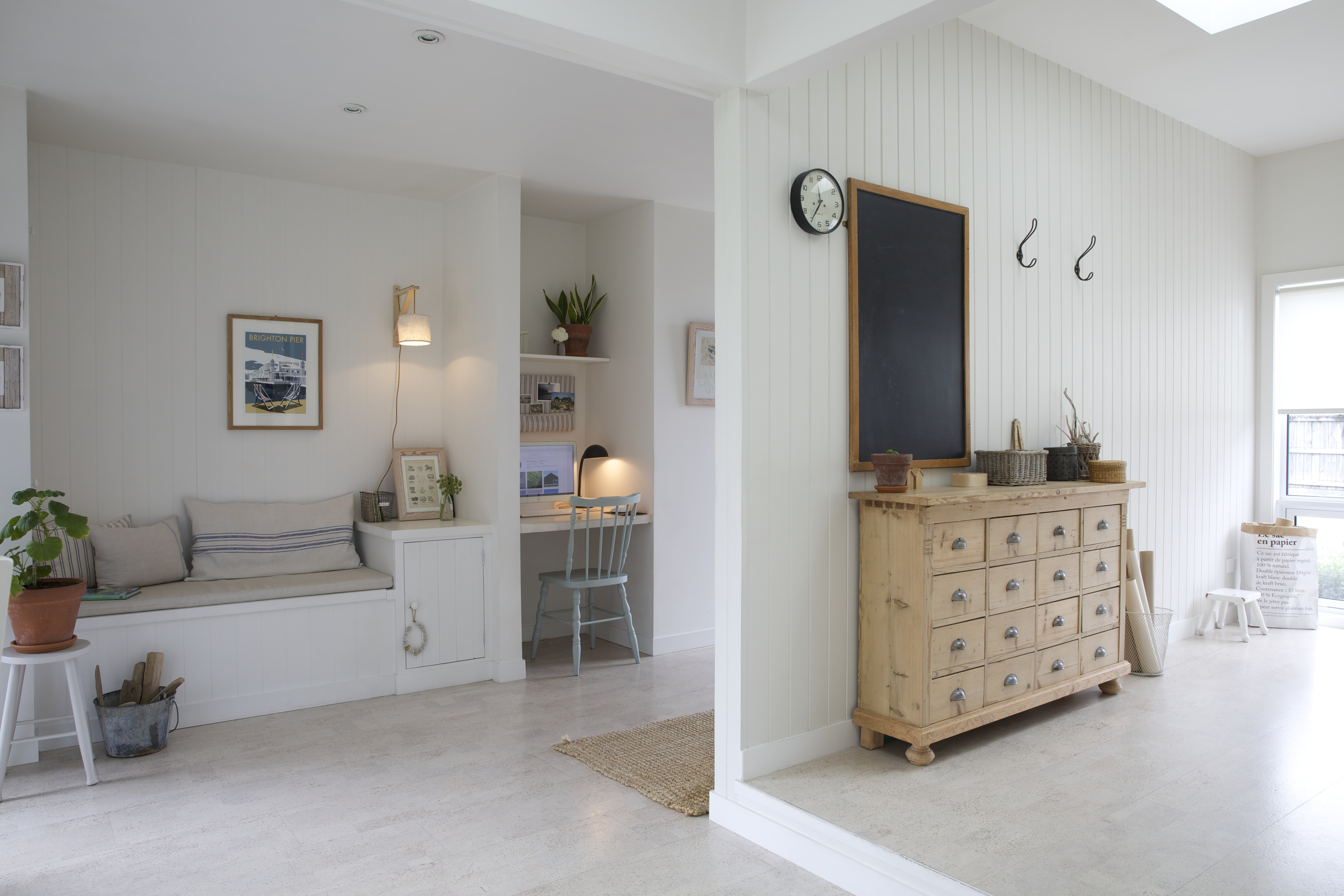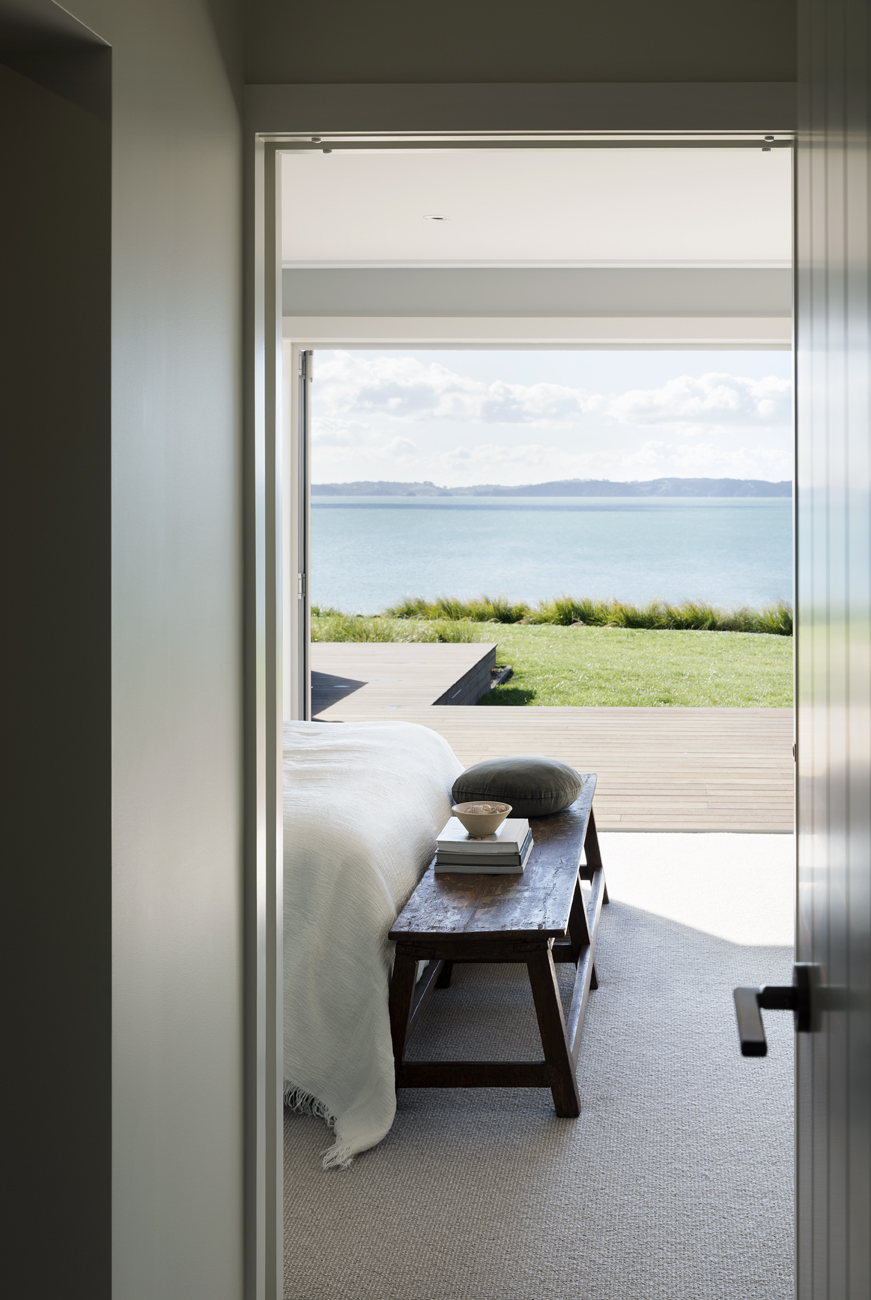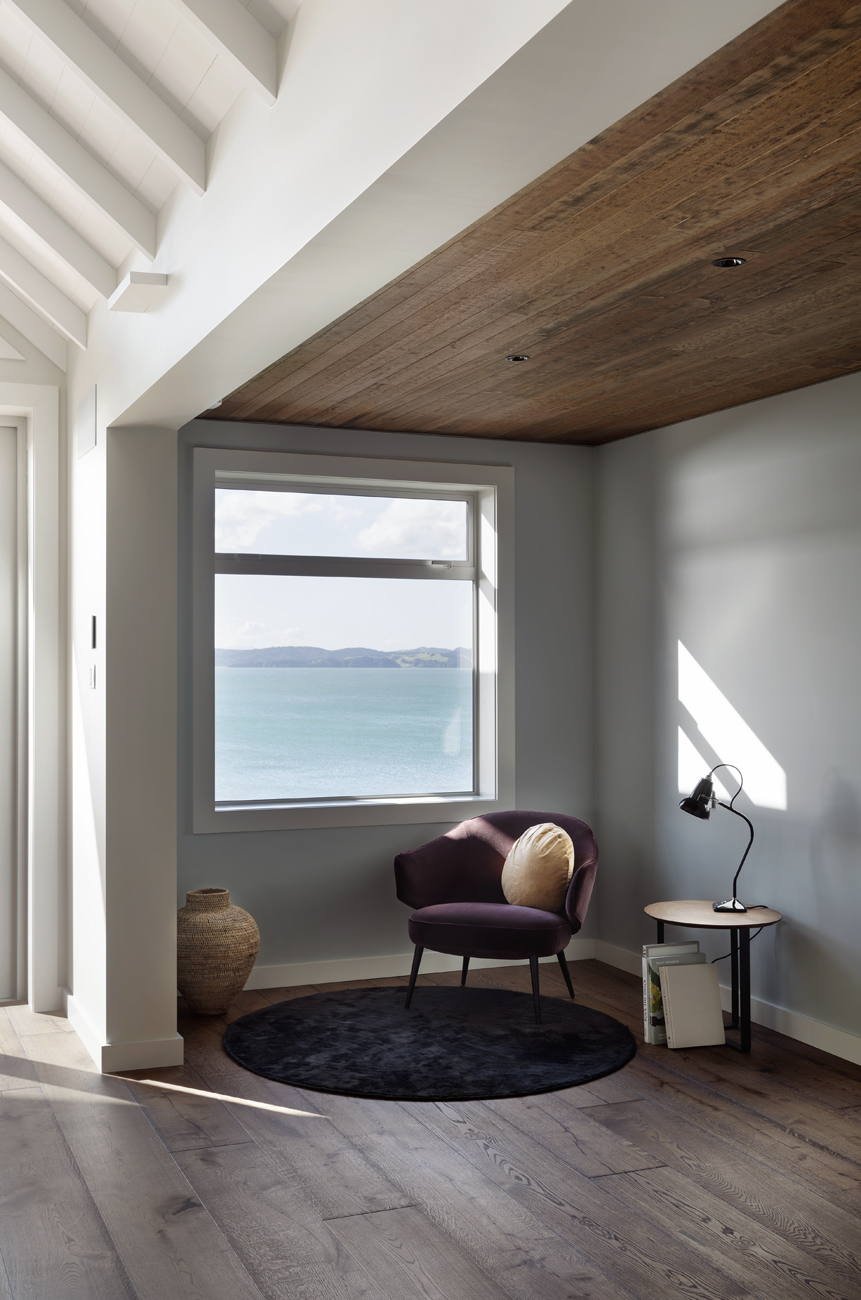The Architecture of Rest
Over the summer, we have a chance to rest from the work/school routines and schedules. Spaces that encourage a sense of rest and relaxation are an important part of encouraging us to slow down, enjoy the moment and put the task list to one side, even just for a while.
Detail
Introduce into transition spaces rough textures that encourage one to move slower, as the body registers and responds to the imagined feeling of skin against the surface. Even if you don’t make contact, with a timber wall surface for example, you instinctively move slower past it.
Textures that encourage you to lie down, soft cushions and gentle ‘nesting’ materials invite the body to relax. The combination of both also influence the sound and acoustics within a space, ensuring that a quiet atmosphere is retained.
Flow
If you imagine the main spaces of a room to be in the fast flow of the ‘river’ then the alcoves to the side, windows seats, or corner areas with fireplaces become the eddies and pools that are calmer, still and serene. The architecture parti can encourage these quiet spaces to be utilised for reading and relaxation. Using colour is a way of emphasising these retreat spaces, allowing the overall palette for the house to lead you to moments of light and shadow, movement and rest.
Simplicity
There is nothing quite like clutter to create a sense of stress. The most serene spaces tend to have a high degree of simplicity and clarity to them that help relax the mind, with the quality of light and the clarity of the architecture doing most of the talking. By this I don’t mean boring – the textures and seasonal light variations need to be able to be celebrated in some way, and the orientation and outlook should ideally invite the outdoor environment to be a part of these restful spaces. Natural materials, fabrics or floor finishes within the room tie the inside and outside together beautifully, and ensuring that you have considered good storage to be able to put away items that you don’t need out everyday is important.
These are details and ideas that you can incorporate into your everyday architecture. They don’t just have to be for holidays and baches, but are a great way of ensuring your new build or renovation feels a serene and relaxing place to be.
